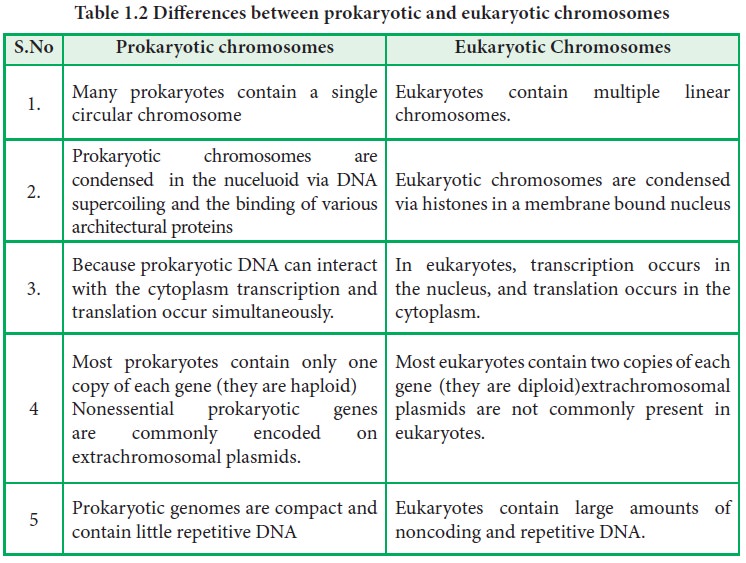Chapter: 11th Biochemistry : Chapter 1 : Basic Concepts of Bio Chemistry and Cell Biology
Shape and structure of cell
Shape and structure of cell
Cell is
a simple sphere, well-defined structure, with extended process for example
neuron or epithelial cells that have distinct apical and basolateral surfaces
carrying out distinct functions. The abilities of cells to take such different
forms depends on the following:
· Separation of a membrane called plasma membrane
from the external environment which control import and export
· Cellular components that are constructed by food
sources
· Genetic information and gene expression
Cell and solute levels
For
unicellular organisms, homeostasis is necessary because the exterior
environment may be subjected to significant fluctuations. For multicellular
organisms, it enables individual cells to maintain internal environments that
are distinct from that of the extracellular fluid.

The cell
responds to this situation by controlling the movement of ions and water across
the plasma membrane. Its ability to maintain a constant internal environment is
called homeostasis. This is an important function of all cells, whether they
are part of unicellular or multicellular organisms. One major role of
homeostasis in animal cells is to cope with osmotic pressure by balancing the
ionic composition so as to avoid the accumulation of water. To maintain
homeostasis, ions and water may need to be moved into or out of a cell in a
regulated manner.
The cell
membrane regulates movement of water and ions. The difference in permeability
to water and to ionic solutes has an important consequence in allowing osmotic
pressure to develop across the membrane in response to differences in
concentrations of dissolved substances on either side. Typically, the interior
of the cell has higher potassium but lower sodium and calcium concentrations
than that in the exterior. Sodium or potassium ions can diffuse less than the
rate of water diffusion. So, there is a difference in ion concentrations on either
side of the membrane. Water moves across to equalize the concentration of
solutes on either side. If a cell had no mechanism to control solute levels, it
would shrink or expand in response to osmotic pressure, whenever the
concentration of solutes outside was greater than inside or vice versa.
Related Topics